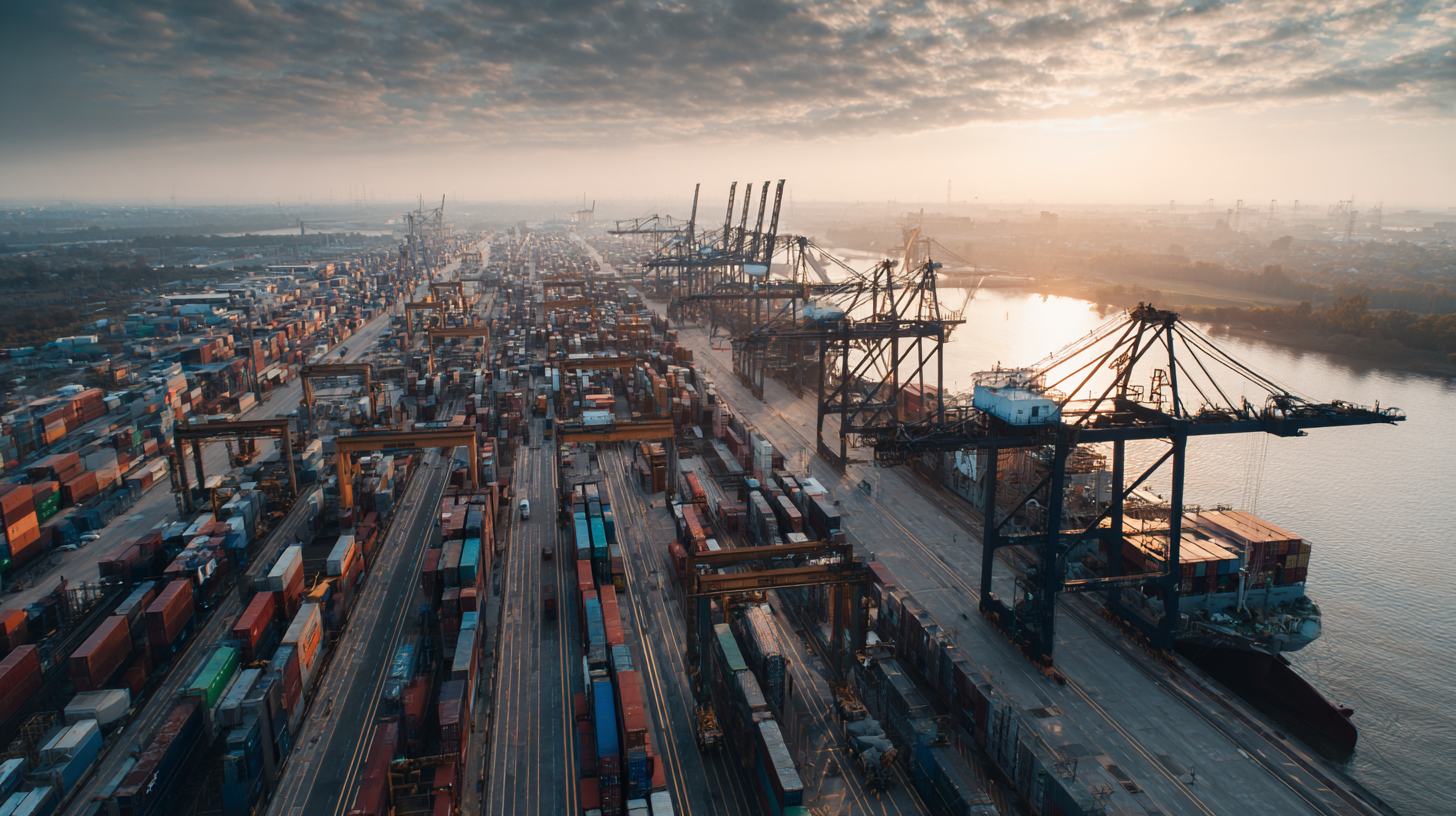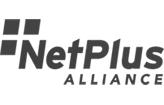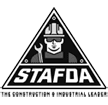
Embracing Industry 2025 Innovations Discover the Best Download Full Catalog for Global Buyers
In the fast-evolving landscape of Industry 2025, businesses face a myriad of challenges that demand innovative solutions and adaptive strategies. As global buyers seek to stay ahead of the curve, understanding and addressing common issues within specific sectors is crucial for success. This blog post will explore the most pressing problems associated with various types of industries and the innovative approaches being developed to overcome them.

To assist our readers in navigating these complexities, we invite you to Download Full Catalog, a comprehensive resource that not only highlights emerging technologies but also showcases best practices and insights from leading experts. By embracing these innovations, businesses can position themselves effectively for the future while tackling the inherent challenges that come with transformation.
Understanding the Vision of Industry 2025: What It Means for Global Buyers
As we move towards Industry 2025, it is essential for global buyers to understand the innovations and technological advancements shaping this new era. The integration of artificial intelligence in various sectors marks a significant shift, where AI is continuously learning and enabling unprecedented autonomy in business operations. This not only streamlines processes but also opens up new avenues for creativity and efficiency, which is crucial for international buyers looking to stay competitive.
A prime example of this transformative vision can be seen with initiatives like Bharat Tex 2025, which has garnered significant international attention. The Indian Ministry of Textiles recently organized engagement sessions with over 30 countries, focusing on enhancing global collaboration within the textile industry. Such interactions highlight how countries can leverage each other's strengths to innovate and meet the diverse demands of global markets. As the landscape of Industry 2025 evolves, the emphasis on collaboration and technology will play a pivotal role in driving progress and aligning with the visions of buyers worldwide.
Cutting-Edge Innovations Shaping the Future of Manufacturing and Supply Chains
The manufacturing and supply chain sectors are currently undergoing a transformative phase, often referred to as Industry 5.0, which emphasizes sustainability and advanced technologies. Recent studies illustrate a clear connection between smart technologies and resource optimization, highlighting the critical role of computational innovations in fostering eco-friendly practices. This evolution is not just about efficiency; it's about developing robust systems that prioritize environmental stewardship, enhanced by the integration of automation, robotics, and the Internet of Things (IoT).
As we look towards 2025, regions like India are positioning themselves as frontrunners in leveraging artificial intelligence (AI) to create resilient supply chains. Reports indicate that AI-driven supply chain innovations will significantly boost productivity while minimizing waste. Notably, the Global Industry 4.0 report anticipates that businesses adopting AI and machine learning can achieve cost savings of up to 20% by optimizing operations and enhancing decision-making processes. These advancements signify a paradigm shift, as organizations increasingly prioritize agility and adaptability to navigate the complexities of global markets.

Top Tips for Downloading and Navigating the Full Catalog Effectively
In today’s fast-evolving landscape of Industry 2025, accessing the right resources is crucial for global buyers. Downloading the full catalog of innovations can significantly enhance your competitive edge. According to a recent report by MarketsandMarkets, the global market for Industry 4.0 technologies is expected to reach $156.6 billion by 2024, showcasing the demand for efficient and innovative solutions. Effectively navigating this catalog is essential for identifying the right tools and services that can propel your business forward.
To maximize your experience, start by familiarizing yourself with the catalog’s structure. Look for sections that align with your industry needs and explore the latest technological innovations that support operational efficiency and sustainability. A report by McKinsey highlights that companies adopting advanced analytics can improve their productivity by up to 20%. Therefore, use keyword searches to pinpoint specific innovations that can transform your business operations. Additionally, engaging with provided case studies can offer invaluable insights into practical applications and outcomes of the technologies available in the catalog. Embracing these strategies will ensure you harness the full potential of Industry 2025 innovations.
Embracing Industry 2025 Innovations
| Innovation | Sector | Impact Level | Adoption Rate | Key Features |
|---|---|---|---|---|
| AI-Powered Automation | Manufacturing | High | 45% | Increased efficiency, reduced errors |
| Blockchain Supply Chain | Logistics | Medium | 30% | Enhanced transparency, traceability |
| 5G Connectivity | Telecommunications | High | 50% | Faster speeds, increased capacity |
| IoT Integration | Healthcare | High | 40% | Remote monitoring, data collection |
| Augmented Reality (AR) | Retail | Medium | 25% | Enhanced customer experience, virtual try-ons |
Identifying Key Trends and Technologies in the Industry 2025 Landscape
In the rapidly evolving landscape of Industry 2025, key trends and technologies are shaping the future of global commerce. According to a report by McKinsey & Company, industries are projected to invest over $6 trillion in digital transformation initiatives by 2025, highlighting the critical role of technology in driving operational efficiency and innovation. Emerging technologies such as artificial intelligence, IoT, and blockchain are not just buzzwords; they are integral to fostering smarter manufacturing processes and supply chain optimizations.

Another significant trend is the shift toward sustainable practices, with a recent study by the World Economic Forum indicating that over 85% of organizations are prioritizing sustainability in their operations. This transition is not only environmentally responsible but also economically advantageous, as companies that adopt sustainable practices report up to a 10% reduction in costs. As global buyers navigate this new industrial landscape, understanding these trends and technologies will be essential for making informed investment decisions and remaining competitive in the marketplace.
Maximizing Value: How to Leverage Industry 2025 Innovations for Growth
In the rapidly evolving landscape of Industry 2025, maximizing value through innovative technologies is crucial for global buyers seeking growth. According to a recent McKinsey report, companies that effectively harness advanced technologies such as artificial intelligence and IoT can achieve up to a 30% increase in operational efficiency. This significant enhancement not only streamlines processes but also enhances decision-making capabilities, allowing businesses to adapt swiftly to market changes.
Moreover, a study by PwC indicates that organizations that integrate Industry 2025 innovations into their strategies can expect an average revenue growth of 12% annually. By leveraging tools like predictive analytics and automation, companies can not only improve their product offerings but also create personalized customer experiences that drive loyalty and retention. As businesses navigate the challenges of a global marketplace, embracing these cutting-edge innovations will be essential in sustaining competitive advantage and fostering long-term success.
Copyright ©2024 Elephant Lifting Products | All rights reserved.
38381 N Robert Wilson Rd, Gonzales, LA 70737 USA
Toll Free: (888) 844-6113 | Phone: (225) 644-6113 | Fax: (225) 644-6695
Email: sale@floralift.org




